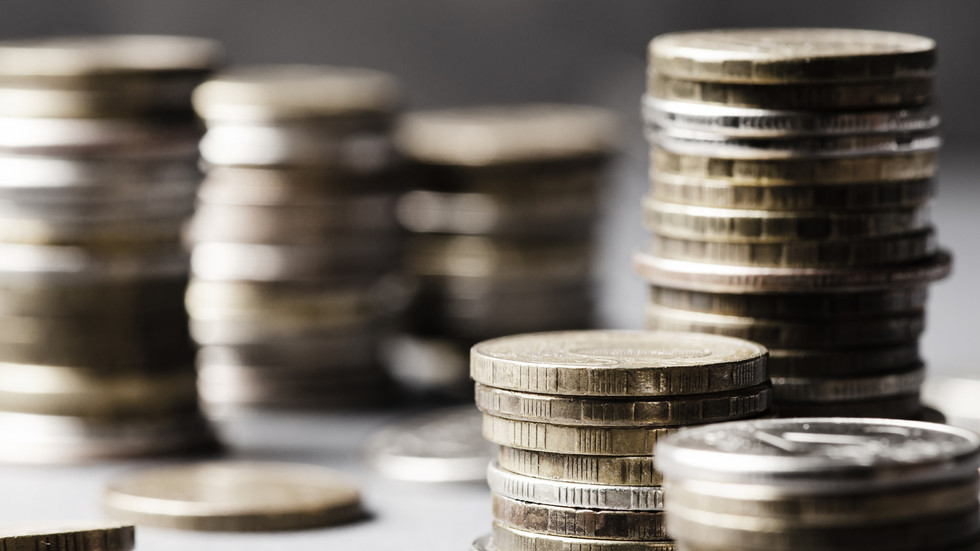
The government says the measure is necessary, but plans to keep the debt level under 20% of GDP

© Getty Images / Andrey Mitrofanov
The volume of Russia’s state debt will grow as the government needs the funds to support the economy, Deputy Finance Minister Irina Okladnikova said at a meeting of the Federation Council Committee on Budget and Financial Markets on Tuesday.
According to the official, the authorities will work to contain the debt level to under 20% of GDP, but additional borrowing is necessary.
“In general, we now have a level of debt… at 22.8 trillion rubles ($251 billion) – this is 14.9% of GDP. This is our safe boundary, although we realize that in the current situation we will be forced to raise it. We will have to do it, because our expenditures are growing,” Okladnikova said.
“We have to support the military sector, and our four new regions need substantial investment. Therefore, we will increase the debt, but we will try to stay within… a safe boundary, which we have set for ourselves at 20% of GDP.”
Okladnikova noted that the government has been forced to borrow more funds internally as the country’s ability to borrow abroad has been reduced due to Ukraine-related Western sanctions. This saw domestic debt rise sharply in 2022, up to 18.8 trillion rubles, while the country’s external debt dropped to around 4 trillion rubles.
READ MORE: Russian firms boost international presence
According to the law on the federal budget for 2023-25, the volume of Russian state debt will be increased to around 25.4 trillion rubles by the end of 2023, 27.7 trillion rubles in 2024, and 29.9 trillion by the end of 2025. As a result, in the three-year period, the volume of Russia’s state debt “will remain at a safe level of less than 20% of GDP.”
For more stories on economy & finance visit RT’s business section




